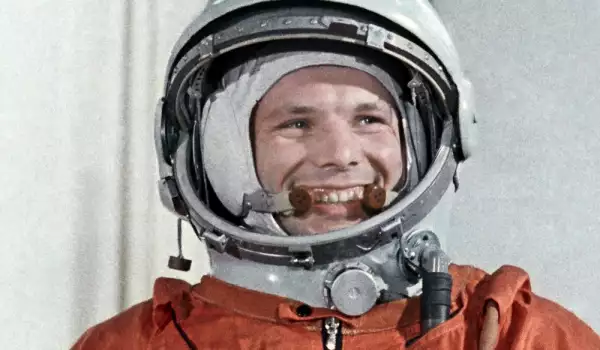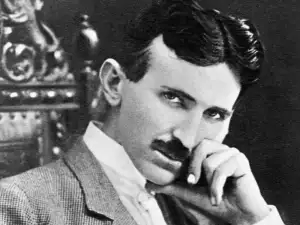Yuri Gagarin died in a plane crash due to poor atmospheric conditions. Or at least that's the official claim. Today, 50 years after the death of the first astronaut, the theories surrounding the event continue to spark controversy.
The passing of the 1st man in space remains a state secret, shrouded in mystery. In the morning hours of March 27, 1968, Yuri Gagarin was preparing for a test flight with his MiG-15 jet at Chkalovsk air base near Moscow. He and his colleague Vladimir Axionov went through the same routine pre-flight checks, listened to the same weather forecast. Axionov was scheduled to take off 1 hour after Gagarin but never got the opportunity.
After the announcement that Gagarin and his co-pilot, Vladimir Seryogin, were returning to base, neither of them answered their radio. The helicopters sent out to look for them soon reported that they had found the debris of their jet 40 mi (65 km) from the airport. Gagarin's body was discovered the next day.
For the first time in Soviet history, a day of mourning was held for a person who was not a head of state. Apparently Gagarin had been experiencing problems with landing earlier when he was training to fly the MiG. But the committee investigating the case was left befuddled. According to the official account, the crew of the jet had conducted a sharp maneuver that led to the plane's crash. The report consisted of 29 volumes which were never officially published.

The questions surrounding the crash led Gagarin's colleagues, as well as experts, to begin to their own investigation. Ultimately this sparked several theories of all sorts: that he was killed on orders from the Kremlin, that he was abducted by extraterrestrials, that his death was faked and tons of others.
In 2011, to mark the 50th anniversary of Gagarin's first flight into space on April 12, 1961, the Kremlin announced that it would lift the curtain surrounding the first cosmonaut's death. The then-newly released information claimed that one of the probable reasons for the plane crash was the presence of a weather balloon. Gagarin and Seryogin had been trying to avoid it when they lost control of the aircraft. Still, not one document out of the 29 volume investigation report was ever published in full, which continues to provoke suspicion.
According to the most widespread theory, the incident with Gagarin aims to conceal the oversights and dysfunction of the Soviet space agency. Another is that Gagarin was drunk.

The 3rd theory sounds perhaps the most plausible. Data from the Commission of Inquiry in 1968 states that a Sukhoi jet, which was not supposed to be there, came to less than 65 ft (20 m) of the MiG's trajectory. The Sukhoi's pilot provoked the cosmonauts' sudden maneuver, leading to the crash. The pilot's identity is known but is kept secret. It's a case of negligence and broken navigation rules. However, as long as the official documents remain classified, this theory, as with all of the others, remains just that.














